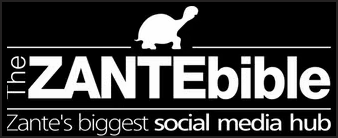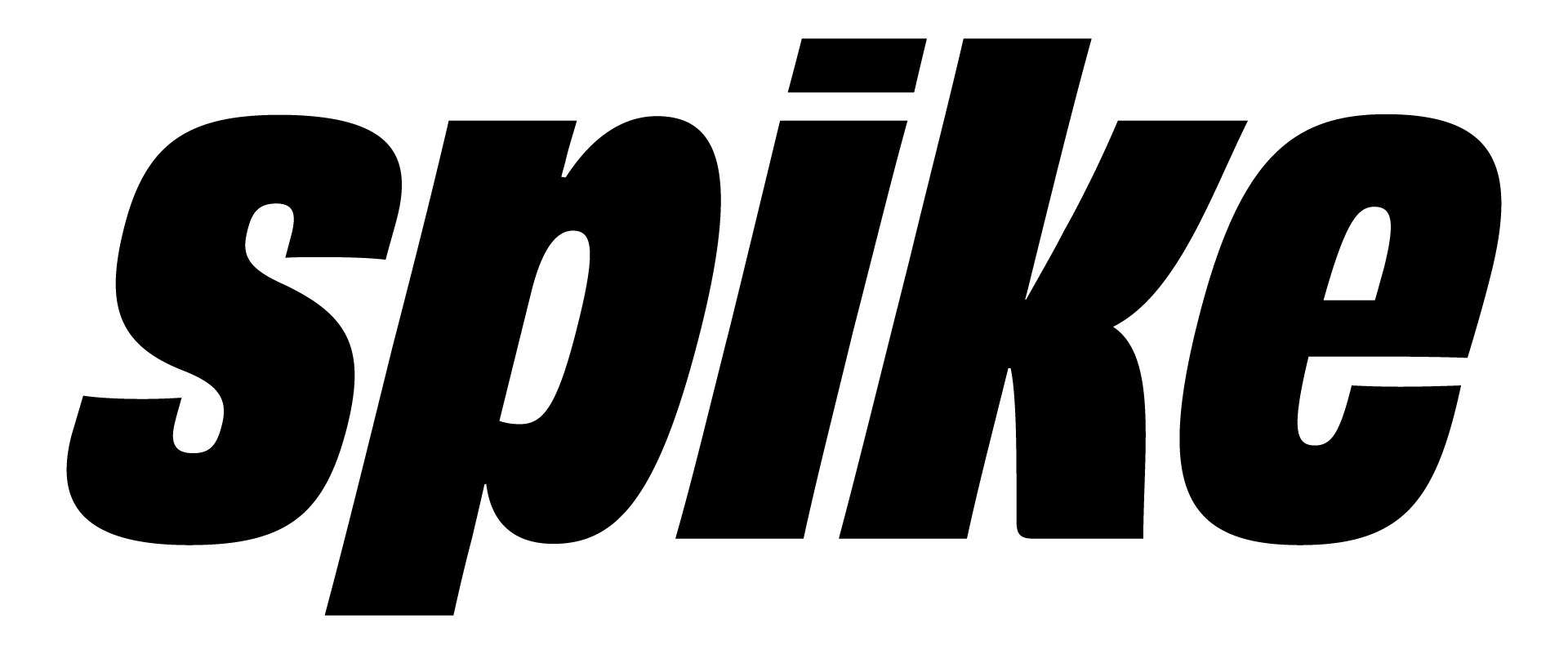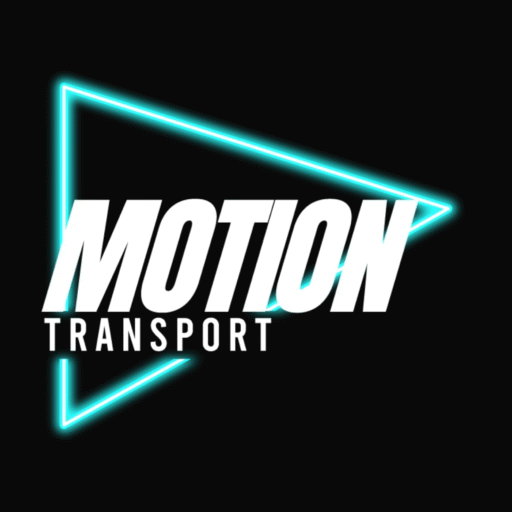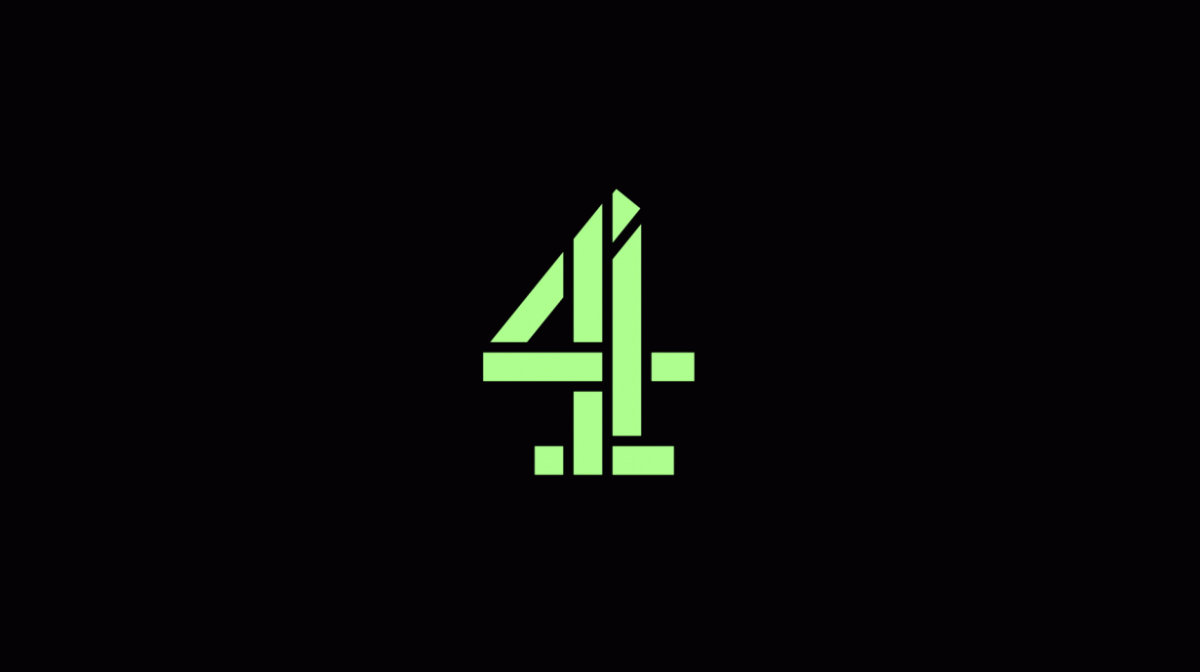2026 - The Year of Opportunity!
For marketing leaders, August is when one starts to actively think about budgeting and planning for the next year. It’s never an easy process; however, this year feels harder, much harder!
In past years, annual budgeting and forecasting have never been simple, especially with macro events impacting consumer confidence and stock availability challenges from trade disruption. Regulatory pressure/relaxation (depending on the countries you operate in) will affect how marketers can use customer data, how much to invest in social media platforms, and how to integrate generative AI into their marketing operations.
It’s also hard to know which platform innovations are transformational versus those that are likely to offer marginal gains in improvement, and therefore should simply be part of a consistent approach to test-and-learn initiatives.
There’s also the confidence and resilience required by marketing leaders to spot the fads and avoid FOMO. There have been a few over the years: voice search, wearables, the supposed death of anything non-digital, and of course, the Metaverse!
However, there are three certainties in the life of a marketer when planning:
- Media inflation - whether this be in paid search (mainly) or display channels, quality and brand safe inventory and visibility will cost more.
- Greater fragmentation of the media landscape - even with third-party cookies remaining, the rise of CTV (connected TV platforms), social media, social commerce, and now search commerce will make it harder to find a single source of measurement truth. Consumers are also more savvy; whether it be installing ad blockers or paying for ad-free subscriptions, they are harder to reach en masse.
- Opportunity - any marketer must have a positive disposition; it’s part of the job description. Depending on current brand strength or marketing maturity, 2026 could present a massive opportunity to outpace your competition and to invest in transforming your marketing technology stack, media mix and measurement approach, ready for the next five years.
So What Has changed? Google & ChatGPT
Some paradigm shifts are happening in the marketing industry, on a local and global level, driven by two platforms: Google & ChatGPT.
The launch and adoption of AI Overviews has been welcomed by users (depending on the source used), but less so by digital marketers. The rise of the ‘zero-click’ search has impacted the research stage of the customer journey and the ability for brands to track and measure outcomes. This is changing, and we are able to see which keywords are driving visibility and action in AI Overviews, but also confident that customers will still click on what’s relevant to their query.
The introduction of Google AI Mode will be akin to the shift to Google Shopping in 2017, in terms of how it will impact user behaviour in search. At the time of writing, we see a combination of paid and organic activity being fundamental to continued success on Google, and there’s a good chance that AI Mode will help restore Google ad revenue growth.
The rise of LLMs, and in particular ChatGPT, is also changing how users search. The experience is fundamentally different and far more appealing to a younger, more tech-savvy audience. While there has been hype around social search on platforms such as TikTok - predominantly for fast fashion shopping - the opportunity that ChatGPT presents is across every category and part of the consumer journey. As with AI Mode, there will soon be a mix of paid and organic activities to ensure visibility and success, with an emphasis on an ad-supported model - especially as OpenAI (parent company of ChatGPT) seeks greater independence from backers such as Microsoft.
We can see that brands with visibility and authority in ChatGPT’s output is driving traffic to their websites, and more conversions or purchases from organic activity. Because of the nature of ChatGPT, it pulls in a wide range of information and brand trust signals - many of which exist as an output of a sustainable and deliberate SEO strategy, underpinned by on-site content that balances search and human relevance. The biggest multiplier for ChatGPT visibility we can see is from brands utilising digital PR.
Digital PR should be part of a wider organic approach. At I-COM, we recognise this through our KPIs, and how those KPIs link to SEO and content marketing. The fact that Google is also now pulling in results from Reddit and Instagram presents an opportunity for social posting and influencer partnerships to increase reach and relevancy.
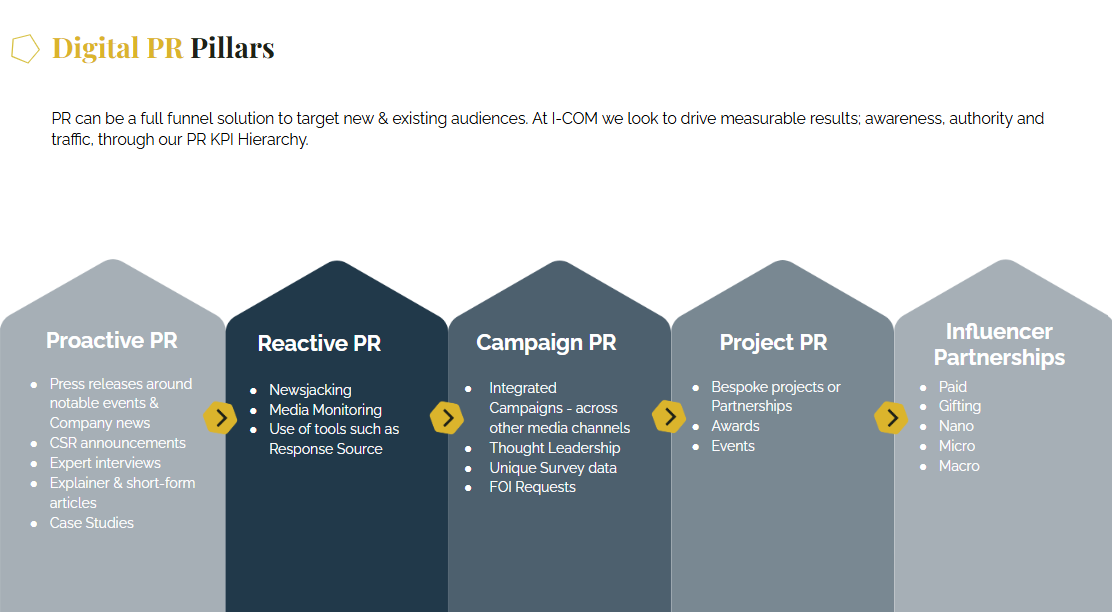
How to Plan For Growth - 2026 as an Opportunity
In some organisations, CMOs and marketers of all levels are encouraged to use the levers they have available to achieve a percentage increase in revenue or lead targets, or efficiency improvements to keep costs under control.. Whatever these high-level business requirements are, there are three things worth considering for next year;
- Year-on-year comparison is less important than planning for what the business requires and the customers it needs to grow.
- Benchmarking vs competitors is a useful activity, but for mature marketing operations, this cannot be a distraction. Know your competitors as well as possible, not just those bidding on the same keywords.
- For mature brands, an integrated marketing strategy is essential. No longer is a channel-by-channel approach sustainable.
PAE & The Role of a Digital Marketing Agency
I-COM’s planning framework has been refreshed to incorporate some of the industry changes discussed earlier. However, the focus on the customer and business needs will always be the starting point. The PAE Framework helps frame an integrated marketing strategy into three manageable stages - reflecting the customer journey.
- Presence: Do you have the infrastructure & digital presence to support growth?
- Awareness: How do we create demand through digital marketing channels via our products & services?
- Engagement: How can we capture demand & improve customer experience?
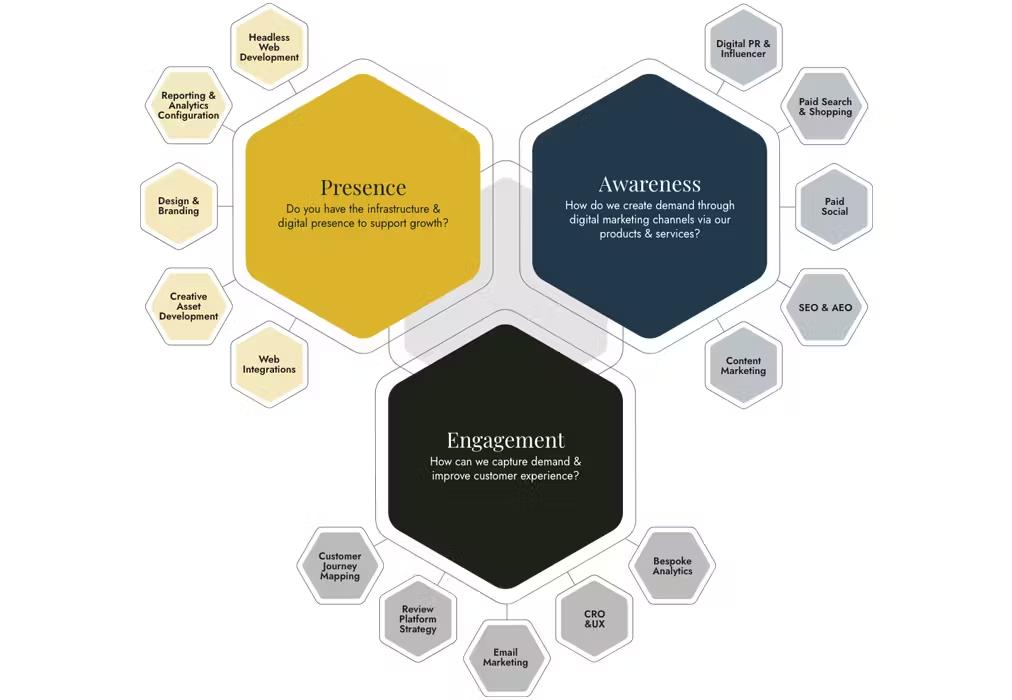
Whether a brand uses GA4 or a suite of analytics tools, the important thing is to understand what the source of truth is. I-COM partners with a number of platforms and tools to support measurement. - based on clicks, visibility, phone calls, revenue and engagement.
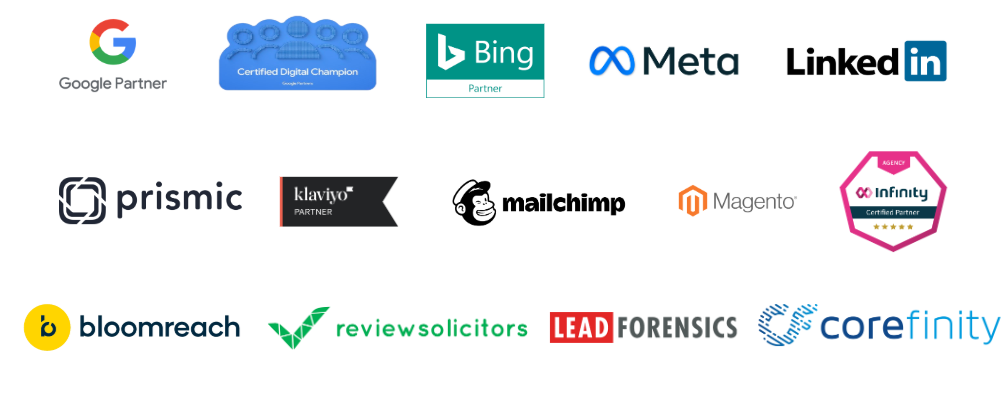 At I-COM, we consistently review our tools and partners, so our clients don’t have to. We are confident we are using the best-in-class for lead generation and e-commerce.
At I-COM, we consistently review our tools and partners, so our clients don’t have to. We are confident we are using the best-in-class for lead generation and e-commerce.
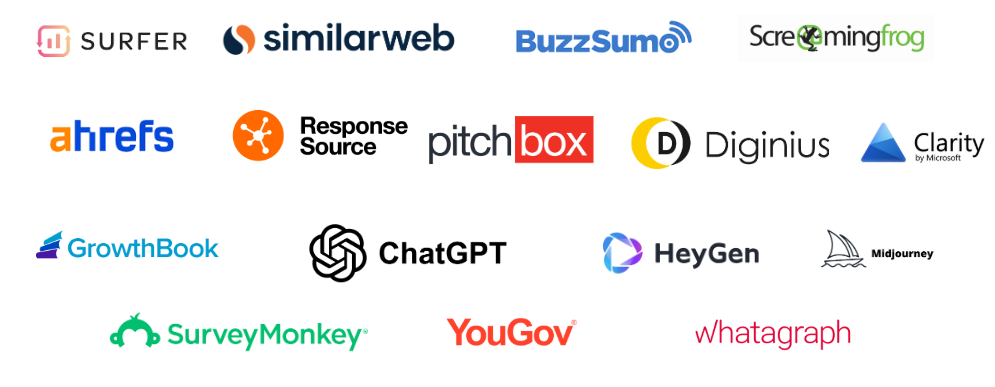
We're here to help
Feel free to use the PAE Framework to plan for 2026. Alternatively, speak to one of the team to co-create a marketing plan for 2026. Get in touch with our team using our contact form or give us a call on 0161 402 3170

